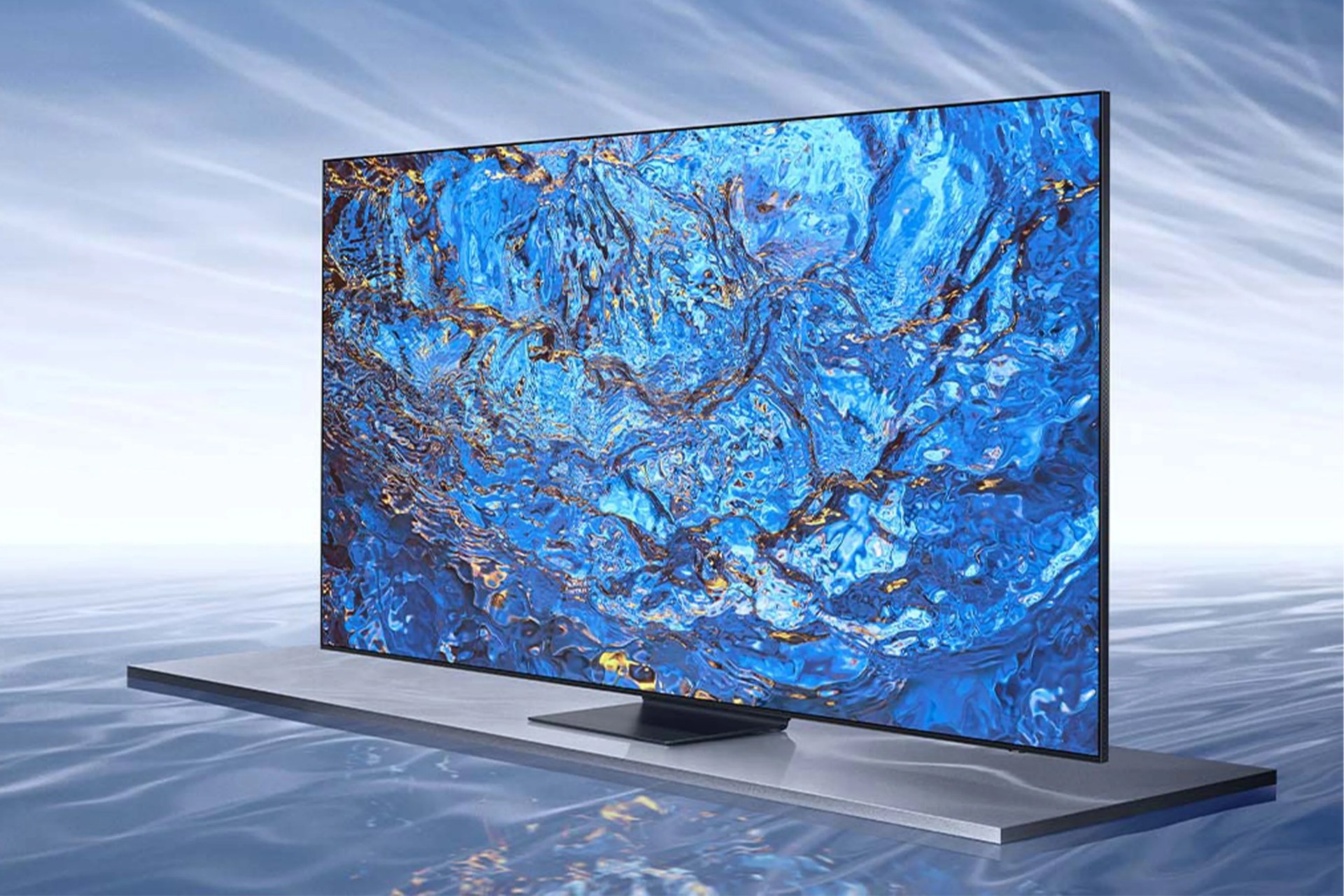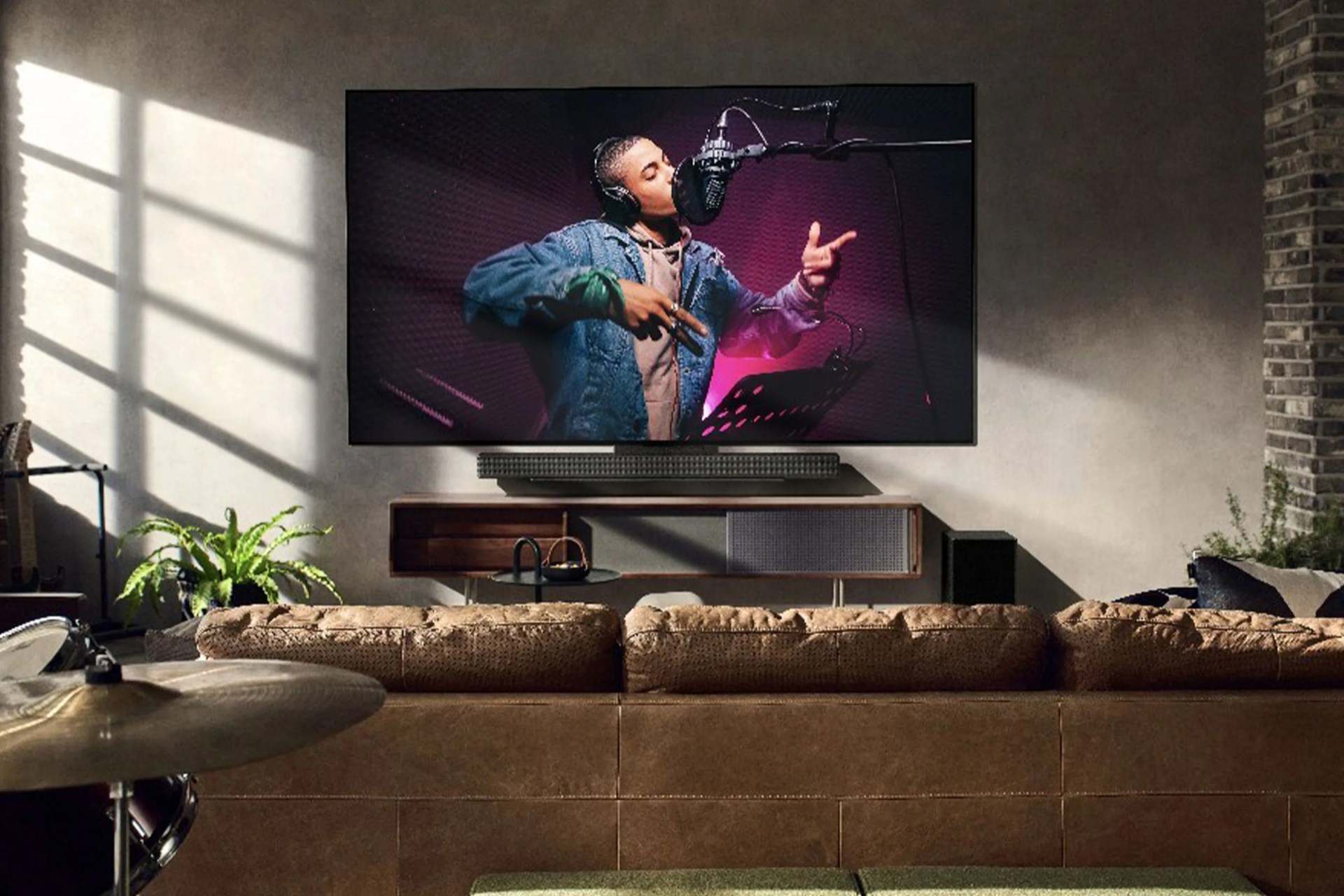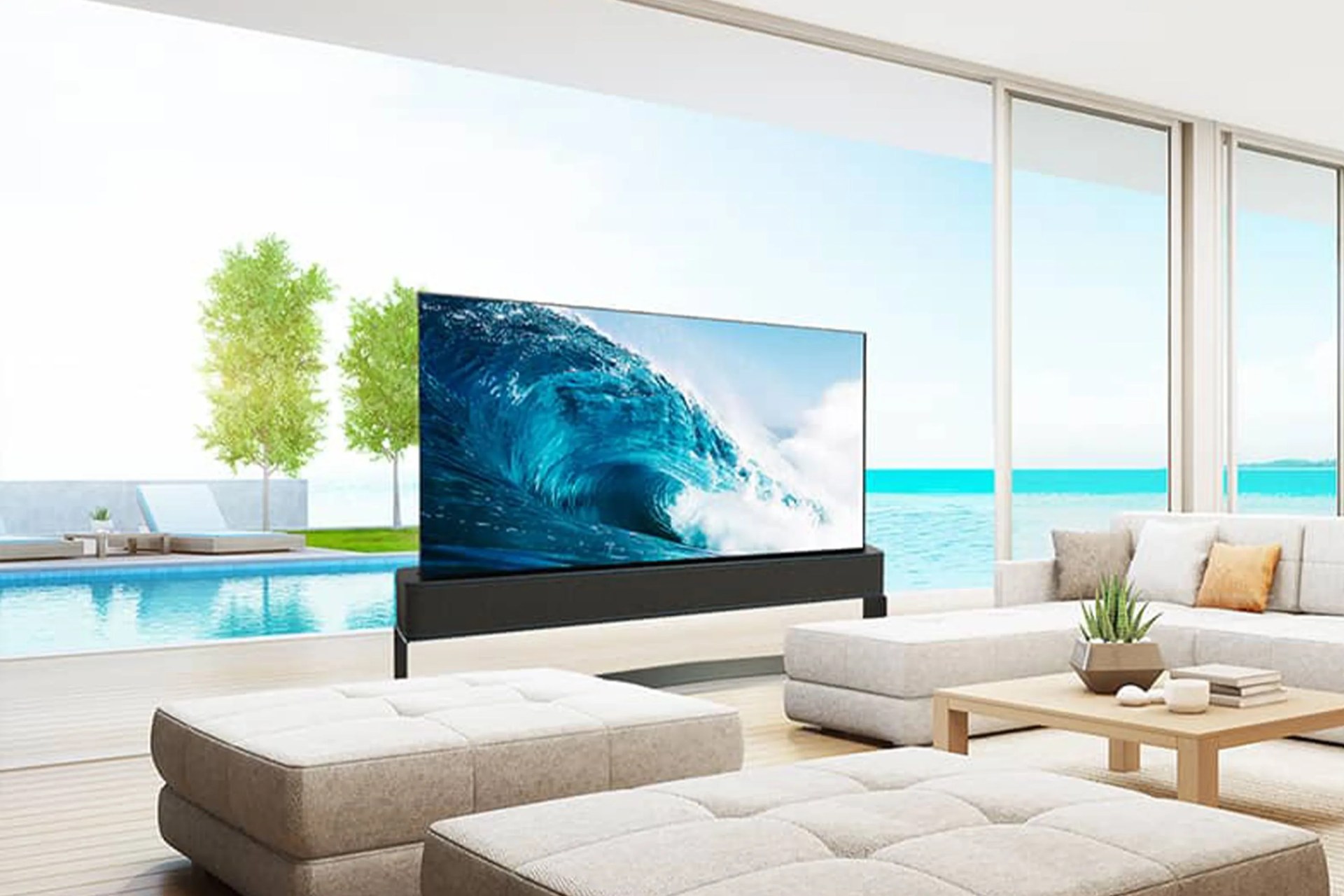For the last several years, all the most rave-worthy TVs have been OLEDs. These unique displays utilize a different type of backlighting technology to that of mainstream LED TVs, lighting each pixel individually, allowing for greater contrast, deeper blacks and a better picture. Unfortunately, the picture quality historically comes with a high price tag, but OLED TVs have become more affordable of late — you can buy new 55-inch models, like the LG A2 OLED, for around $1,200.
When it comes to OLED TVs is that there’s really only one manufacturer — and it’s LG. This has allowed LG to make many different lines OLED TVs, including its affordable A-Series, its flagship C-Series and its high-end G-Series. It also means that any company making OLED TVs that isn’t LG probably sources their displays from LG, which both Sony and Vizio do. So if you have an OLED TV from either Sony, for example, the business end is still from LG. You’re just paying for Sony’s design, picture processing and audio technologies and smart operating system.
Naturally, this has spurred a lot of TV manufacturers to make competitors to OLED. The most obvious example is Samsung’s QLED, which is type of LED display technology that adds an addition layer of quantum dot technology, which is filters the screen’s backlight so that colors appear more vibrant and saturated than traditional LED displays, where the backlight that lights the entire picture can bleed through blacks, turning them into grays. They end result is a picture that’s incredibly bright and beautiful and really “pops”, but it’s still not on par with OLEDs in terms of contrast, detail and overall picture quality they obtain by controlling pixels’ backlighting individually.
Of course, TV technologies aren’t bowing down to OLED completely. Manufacturers like Samsung, LG and Sony continue to innovate, creating the next-generation of OLED that promises to be even better; they’re also working on new display technologies that seemingly are even superior to OLED — although you might not be able to affordable it any time soon.
Below, we’ve rounded up the most popular new-age display technologies. Some are already integrated into TVs you can buy. Others are more future-facing. that are already integrated into high-end TVs that you can already buy.
Here’s what you need to know.






